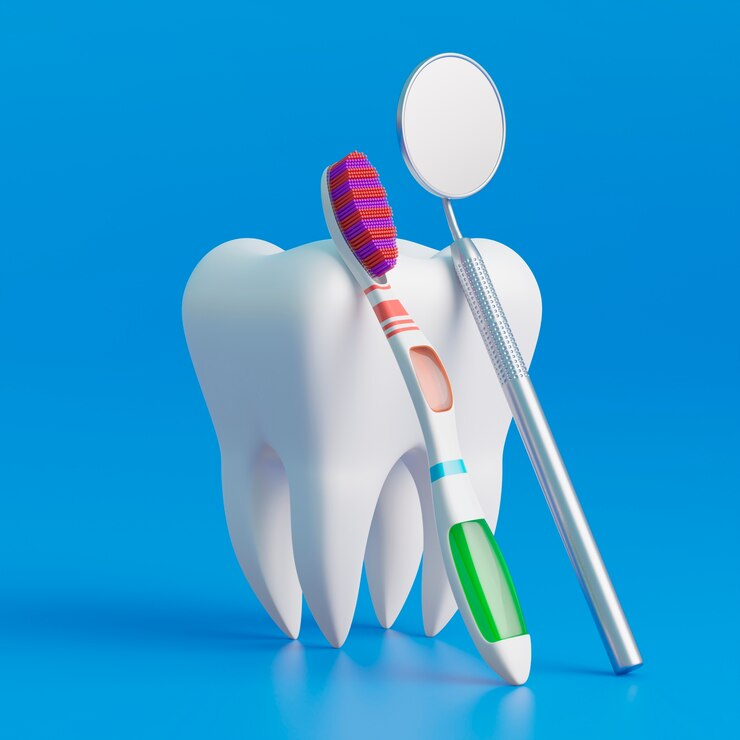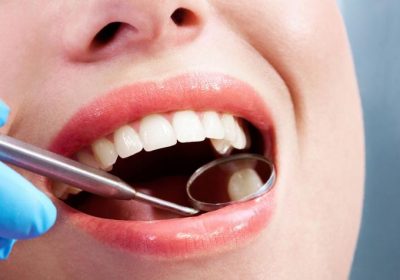
A Look into Advanced Orthodontic and Restorative Techniques
In many fields including orthodontic and restorative dentistry, impressive progress and development have been realized in the past several years, exhibiting more benefits for patient compliance and enhancing cosmetic appeal. These methods are revolutionizing the dental care industry from orthodontic appliances to reinforcing materials used in restorative treatments.
It is time to look at the most recent changes and innovations in orthodontic and restorative dental practice and their benefit to oral health and esthetics. Without further ado, let’s start.
- Evolution of Orthodontic Appliances
Treatment in orthodontics has advanced to modernized techniques within orthodontic systems which include new appliances that are comfortable, convenient, and efficient. There are also ceramic braces that are lighter in color and nearly invisible on the teeth and the latest development is the lingual braces that are fitted behind the teeth to offer lesser visibility. Further, modern dental braces like invisalign apply invisible retainers or removable transparent aligners to gradually adjust the position of teeth, making this process more flexible and less painful than metal braces.
- Digital Orthodontics: Precision and Predictability
Advances in technology have affirmed digital orthodontic treatment planning where the orthodontist can plan and preview treatment plans in a precise and accurate manner. New technologies like CBCT which is a type of x-ray and intraoral scanners help in providing a better visualization of the tooth structure and better plaque and imagery formation for more realistic diagnosis.
Additional technologies like Computer-aided design and computer-aided manufacturing (CAD/CAM) bring improvement to the designing and manufacturing of orthodontic appliances making certain that the appliances created fit the patient perfectly to offer the most effective solutions.
- Implant Dentistry: Achieving Functional and Aesthetic Results
It is widely recognized that implant dentistry is one of the most effective methods of restoring teeth and has become almost the standard way to help patients suffering from loose or missing teeth. Scientific developments in implant materials, surgical procedures, and IT planning software have contributed to the betterment of implants. The guided dental implants surgery ensures successful implant placement and teeth placement after implantation reduces the recovery time and improves patient satisfaction.
- Minimally Invasive Restorative Techniques
In restorative dentistry, the trend has evolved to adopting minimally invasive procedures, where a majority of the original tooth is kept while restoring and re-establishing the teeth to the required functionality. Newer communication concepts like tooth-colored composites and ceramics offer long-wearing and cosmetic replacements to old hospital amalgam fillings and metal crown work. Techniques used in dentistry are similar to natural teeth in terms of functional behavior and appearance.
- Multidisciplinary Approaches for Comprehensive Care
Dental specialists can consult for a more effective collaborative practice where a multi-faceted approach aims at identifying the root cause of the abnormality and finding the best solution for the problem. Everything from complex orthodontic cases and restoration to full mouth reconstruction treatment is worked on in conjunction with other specialists and helps to guarantee that maximum quality of treatment is provided to the patient to attain the required cosmetic result.













